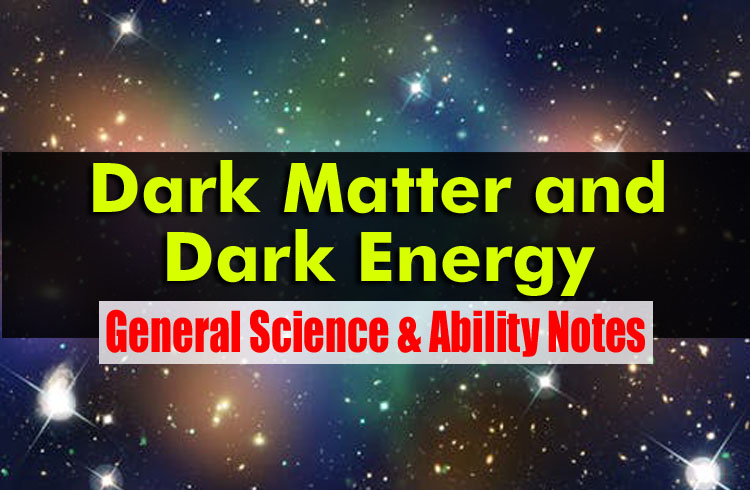Dark Matter and Dark Energy
Q: Explain the terms Dark Energy and Dark Matter (CSS-2018)
Dark Matter
In calculating the total mass-energy of the universe, astrophysicists find that baryonic matter, the type composed of atoms, accounts for only about 4 percent of the total mass-energy of the universe. The remaining 96 percent of mass is about 21 percent dark matter and 75 percent dark energy.
Dark matter has been impossible to investigate directly because it does not interact with electromagnetic radiation –visible light, infrared, etc. It has so far been identified only by its effects, especially its gravitational effects on galaxies and other large-scale entities, and also by its influence on the cosmic background radiation.
In the early universe, dark matter played a dominant role in the formation of the early galaxies. The cold gases in the universe gravitated to scattered dark matter densities. Where sufficient gas accumulated, star clusters and galaxies formed. Astronomers today maintain that each galaxy is enveloped in a halo of dark matter, and the halo applies so much force that the outside edge of a galaxy rotates about as fast as the deep interior. It is the halo of dark matter that prevents a galaxy from flying apart.


